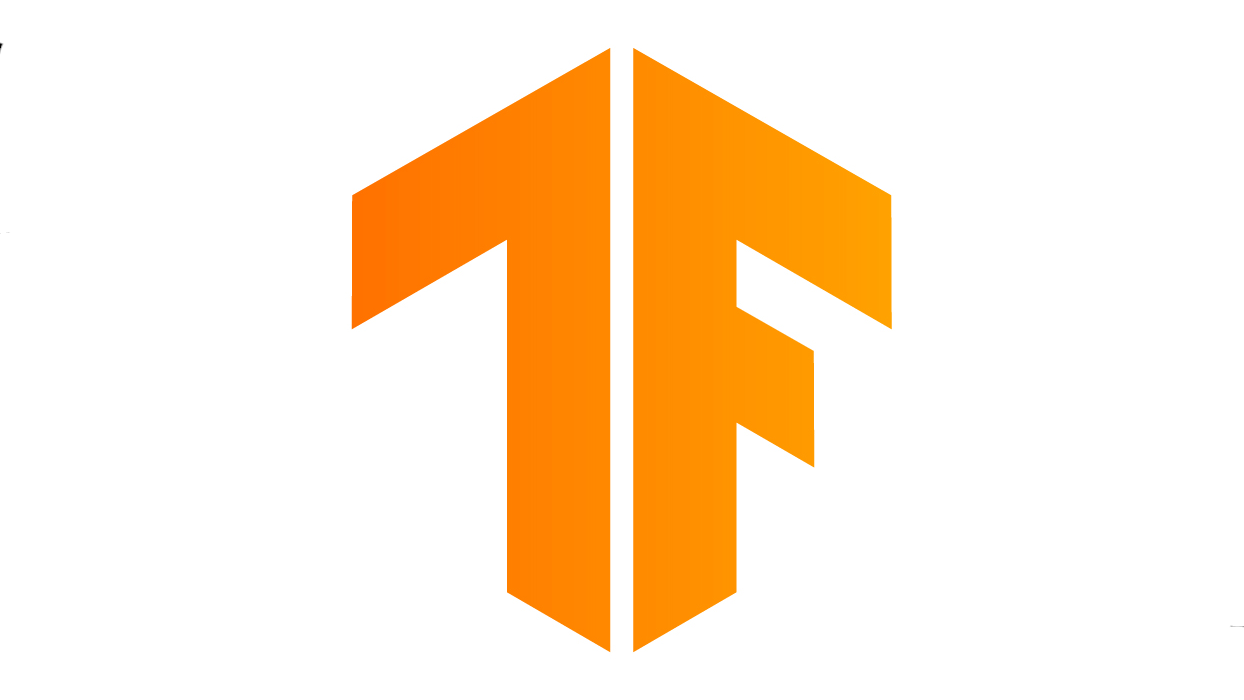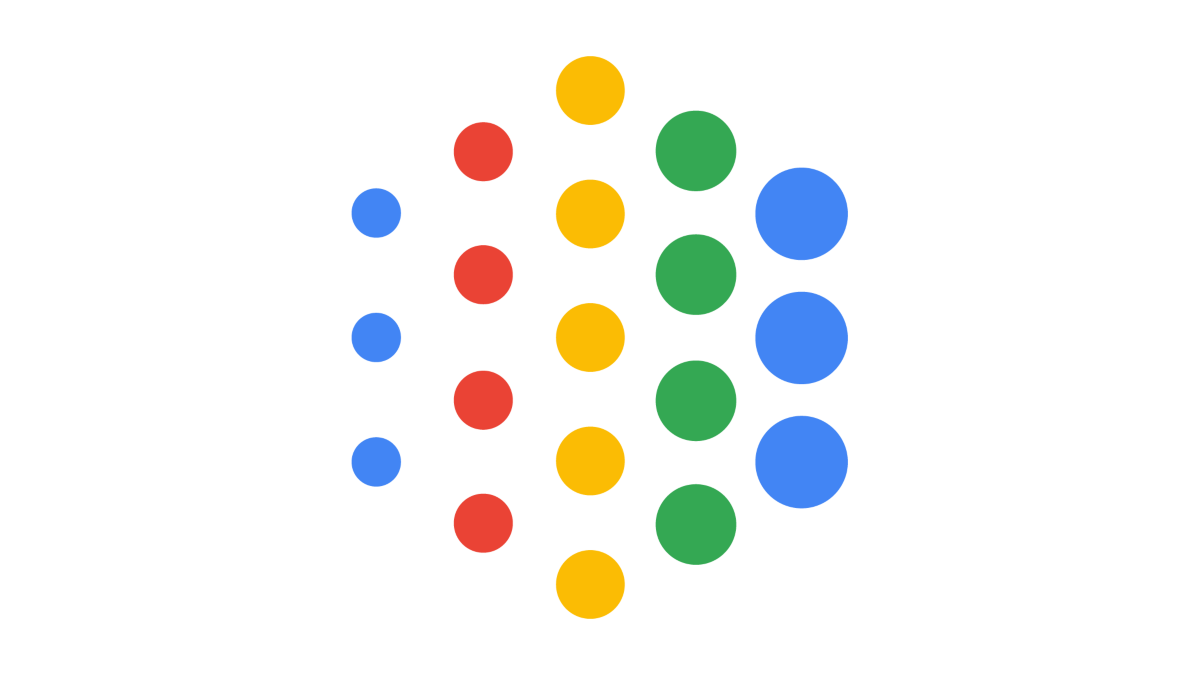TensorFlow 联合学习:分散数据上的机器学习
import collections
import tensorflow as tf
import tensorflow_federated as tff
# Load simulation data.
source, _ = tff.simulation.datasets.emnist.load_data()
def client_data(n):
return source.create_tf_dataset_for_client(source.client_ids[n]).map(
lambda e: (tf.reshape(e['pixels'], [-1]), e['label'])
).repeat(10).batch(20)
# Pick a subset of client devices to participate in training.
train_data = [client_data(n) for n in range(3)]
# Wrap a Keras model for use with TFF.
keras_model = tf.keras.models.Sequential([
tf.keras.layers.Dense(
10, tf.nn.softmax, input_shape=(784,), kernel_initializer='zeros')
])
tff_model = tff.learning.models.functional_model_from_keras(
keras_model,
loss_fn=tf.keras.losses.SparseCategoricalCrossentropy(),
input_spec=train_data[0].element_spec,
metrics_constructor=collections.OrderedDict(
accuracy=tf.keras.metrics.SparseCategoricalAccuracy))
# Simulate a few rounds of training with the selected client devices.
trainer = tff.learning.algorithms.build_weighted_fed_avg(
tff_model,
client_optimizer_fn=tff.learning.optimizers.build_sgdm(learning_rate=0.1))
state = trainer.initialize()
for _ in range(5):
result = trainer.next(state, train_data)
state = result.state
metrics = result.metrics
print(metrics['client_work']['train']['accuracy'])
-
联合学习 (FL) API
此层提供了一组高级接口,允许开发人员将包含的联合训练和评估实现应用于他们现有的 TensorFlow 模型。 -
联合核心 (FC) API
系统的核心是一组低级接口,用于通过将 TensorFlow 与强类型函数式编程环境中的分布式通信运算符相结合,简洁地表达新颖的联合算法。此层也作为我们构建联合学习的基础。 -
TFF 使开发人员能够声明式地表达联合计算,以便它们可以部署到不同的运行时环境。TFF 包含一个用于实验的高性能多机模拟运行时。请访问 教程 并亲身体验!
如有问题和支持,请在 StackOverflow 上的 tensorflow-federated 标签 找到我们。




